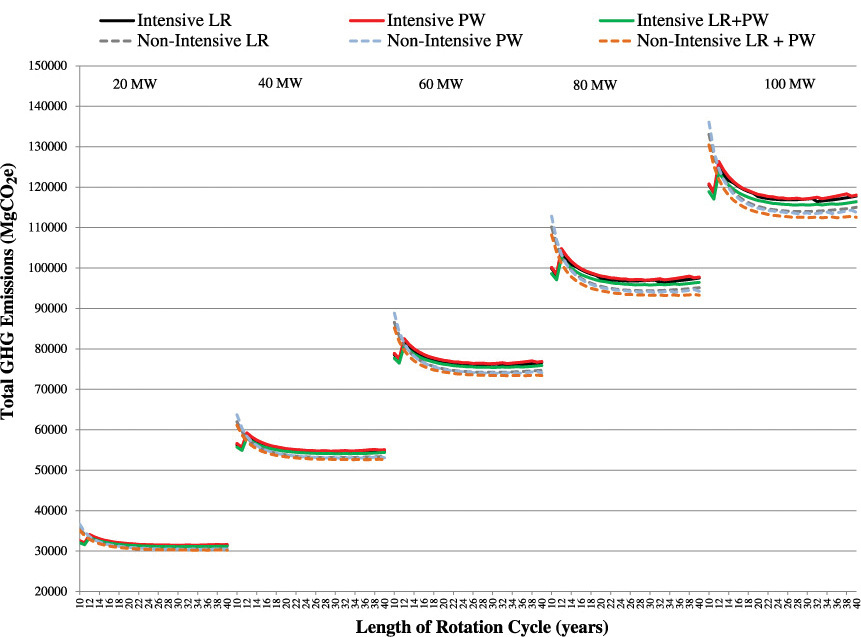Study highlights GHG savings of transatlantic pellet trade




May 1, 2014
BY Staff
A new study led by a researcher from the University of Georgia has determined that the greenhouse gas (GHG) intensity of a unit of electricity in the U.K. using imported wood pellets is at least 50 percent lower than the GHG intensity of grid electricity derived from fossil fuels. Notably, the results of the study contradict the general belief that the use of wood pellets from 10- to 15-year-old pine plantations in the southern U.S. do not provide GHG savings in Europe. Rather, the GHG savings were shown to be at least 50 percent, even at lower rotation ages.
The analysis addressed 930 different scenarios and considered three types of wood feedstocks, two forest management choices, 31 plantation rotation ages and five power plant capacities. GHG emissions associated with seven supply chain stems were used.
Advertisement
Advertisement
The work was led by Puneet Dwivedi, an assistant professor of sustainability sciences in the UGA’s Warnell School of Forestry and Natural Resources. Madhu Khanna of the University of Illinois at Urbana-Champaign’s Energy Biosciences Institute and Robert Bailis and Adrian Ghilardi with Yale University’s School of Forestry & Environmental Studies also contributed to the study.
Advertisement
Advertisement
Upcoming Events





